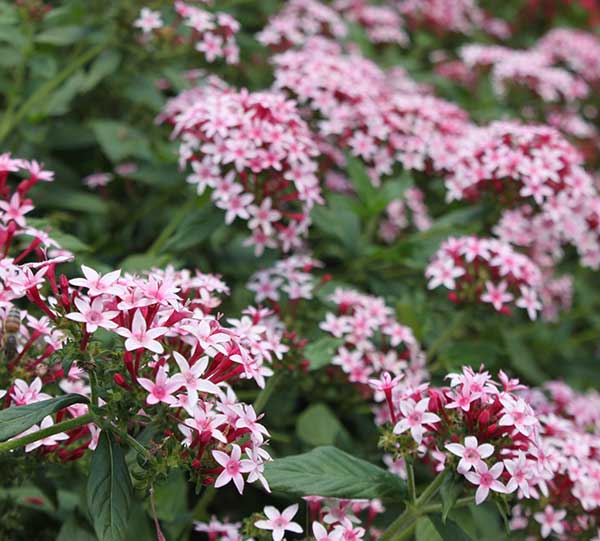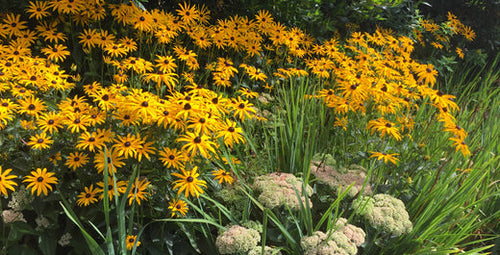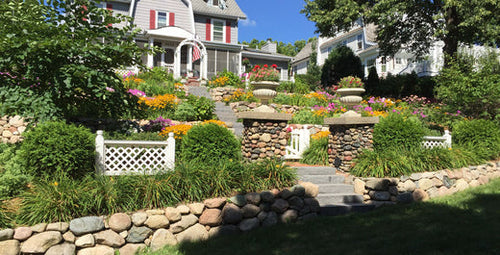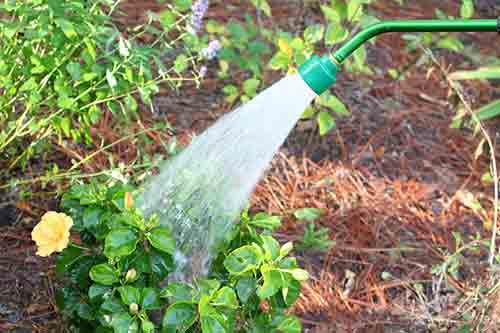 If you spend much time reading about outdoor flower gardening, you’re sure to come across the terms annuals and perennials. The words can be confusing, but the concepts seem pretty simple. Annuals live only a year (so you need to plant them annually). Perennials live for more than one year.
If you spend much time reading about outdoor flower gardening, you’re sure to come across the terms annuals and perennials. The words can be confusing, but the concepts seem pretty simple. Annuals live only a year (so you need to plant them annually). Perennials live for more than one year.
I learned when I moved to South Florida from the Midwest that the concept wasn’t quite as simple as it seemed. Plants I grew up with as annuals (coleus, pentas, etc.) can be perennials in areas like this that don’t see frosty or freezing temperatures.
Visiting my local garden centers didn’t help, either. Sometimes they’d have the same plants in both the annuals and perennials sections. It turns out it depends on what company grew them -- and how that company categorized the varieties.
After some experience, I also found that some perennials are kind of situational here, too. For example, Platinum Blonde lavender is an evergreen perennial in my home garden. But because it doesn’t go dormant in winter, it doesn’t ever seem to rebloom. It will rebloom, though, in Northern Florida, where winters are a bit chillier.
Florida Perennials
Where I grew up and started gardening, perennials are the plants that grow and bloom in spring/summer/fall. Then they go dormant over winter, and come back for a repeat performance the following year. In South Florida, we have a few plants that behave that way (caladium and curcuma, for example). But a lot more of our flowering plants are evergreen and continue blooming nonstop.
In Central and Northern Florida, some of our evergreen perennials act as annuals because of colder temperatures.
Florida Annuals
Other plants you’ll see called “annuals” in the North are still annual here (petunias and geraniums, for example). Not every bedding plant lives for years in our state. Other plants behave as perennials if they get good care. But may not survive the summer or winter if they’re not tended to just the right way.
How to Know Which is Which
The first way to check if a plant is an annual or perennial is to look at its USDA Hardiness Zone. Compare it to the Zone you live in. The USDA Hardiness Zone Map breaks the United States into areas based on the average lowest temperature an area receives. It's a guide for a plant’s tolerance for those temperatures. The smaller the zone number, the colder the temperatures.
If you live in Zone 9, for example, and see a plant labeled as Zone 10, it probably won’t be reliably be perennial for you. Your Zone 9 winters are just a bit too cold for its Zone 10 preferences. Here in Florida, we also need to look at the bottom range of the Zones. If you’re in Zone 10, and you see a plant that’s hardy in Zones 4-8, your Zone 10 winters probably won’t offer enough cold for the plant to do well as a perennial.
Get more tips with our gardening guides for North/Central and South Florida.
Written by Justin Hancock

















